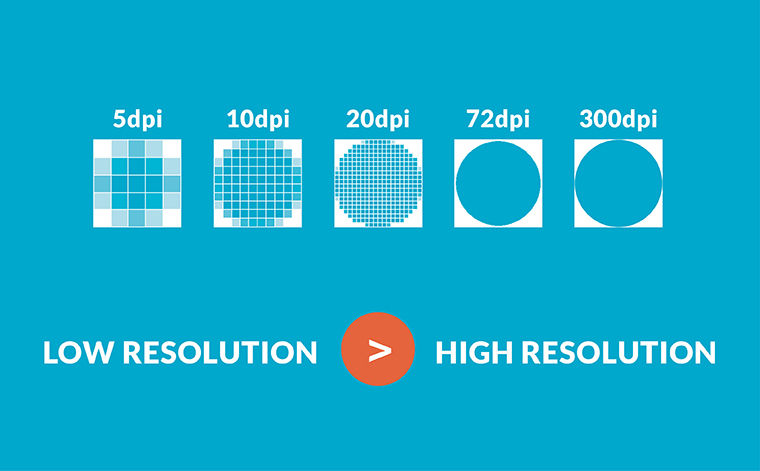The Impact of Resolution on AI Model Predictions and Strategies to Overcome Limitations
- muhammadzeeshan020
- Sep 1, 2024
- 3 min read

In the rapidly evolving field of artificial intelligence, the resolution of input data plays a crucial role in the accuracy and effectiveness of AI models. This blog post explores how resolution affects AI predictions and discusses various approaches to overcome resolution-related challenges.
Understanding the Impact of Resolution
Resolution, in the context of AI, refers to the level of detail in the input data. For image-based AI tasks, this typically means the number of pixels in an image. For other types of data, resolution might refer to the sampling rate of audio or the granularity of time series data.
The impact of resolution on AI predictions can be significant:
Detail Loss: Lower resolution inputs may lack crucial details that are necessary for accurate predictions. This is particularly evident in tasks like object detection or medical image analysis.
Feature Extraction: Many AI models rely on feature extraction as a key step. Higher resolution inputs generally allow for more nuanced and informative features to be extracted.
Computational Resources: Higher resolution inputs require more computational power and memory, which can be a limiting factor in real-time applications or on resource-constrained devices.
Overfitting Risk: Extremely high-resolution inputs might lead to overfitting, where the model learns noise or irrelevant details instead of generalizing well.
Approaches to Overcome Resolution Limitations
Researchers and practitioners have developed several strategies to address resolution-related challenges:
1. Sliced Predictions
Sliced prediction is a technique where high-resolution inputs are divided into smaller, more manageable pieces. The AI model then makes predictions on these individual slices, and the results are aggregated to form a final prediction.
Benefits of sliced predictions:
Allows processing of high-resolution inputs with limited computational resources
Can improve accuracy by focusing on detailed analysis of smaller regions
Enables parallel processing for faster predictions
Challenges:
Requires careful design of the aggregation method
May miss global context in some cases
2. Multi-Scale Approaches
Multi-scale approaches involve training models on inputs at various resolutions simultaneously. This allows the model to learn features at different scales and combine them for more robust predictions.
Benefits:
Captures both fine-grained details and broader context
Can improve generalization across different input resolutions
Often leads to better performance on a range of tasks
Challenges:
Increased computational complexity during training
Requires careful architecture design to effectively combine multi-scale features
3. Super-Resolution Techniques
Super-resolution methods aim to increase the resolution of low-resolution inputs, either as a preprocessing step or as part of the AI model itself.
Benefits:
Can improve performance on low-resolution inputs
Allows use of high-resolution models with low-resolution data
Potentially reduces storage and bandwidth requirements for large datasets
Challenges:
May introduce artifacts or hallucinate details
Computationally expensive, especially for real-time applications
4. Resolution-Aware Model Design
Some researchers focus on designing AI models that are inherently capable of handling inputs at various resolutions. This might involve adaptive pooling layers, resolution-dependent feature extraction, or dynamic network architectures.
Benefits:
Flexibility to work with diverse input resolutions
Can optimize performance across a range of resolutions
Potentially reduces the need for multiple specialized models
Challenges:
Increased model complexity
May require more extensive training data across different resolutions
Conclusion
The impact of resolution on AI predictions is a critical consideration in model design and deployment. While high-resolution inputs often lead to better performance, they also come with computational challenges. Techniques like sliced predictions, multi-scale approaches, super-resolution, and resolution-aware model design offer promising solutions to these challenges.
As AI continues to advance, we can expect further innovations in handling resolution-related issues, ultimately leading to more flexible and powerful AI systems capable of operating across a wide range of input resolutions.